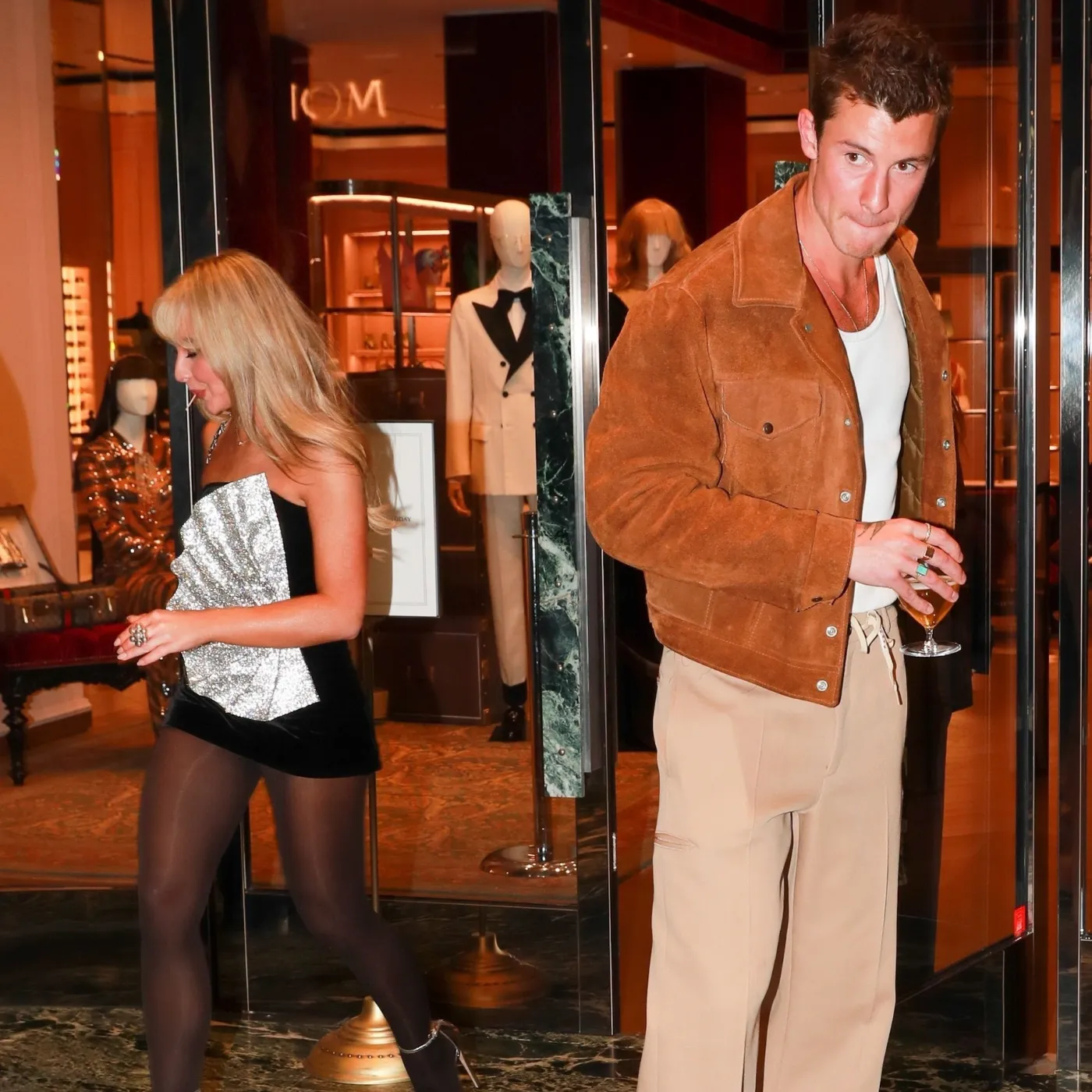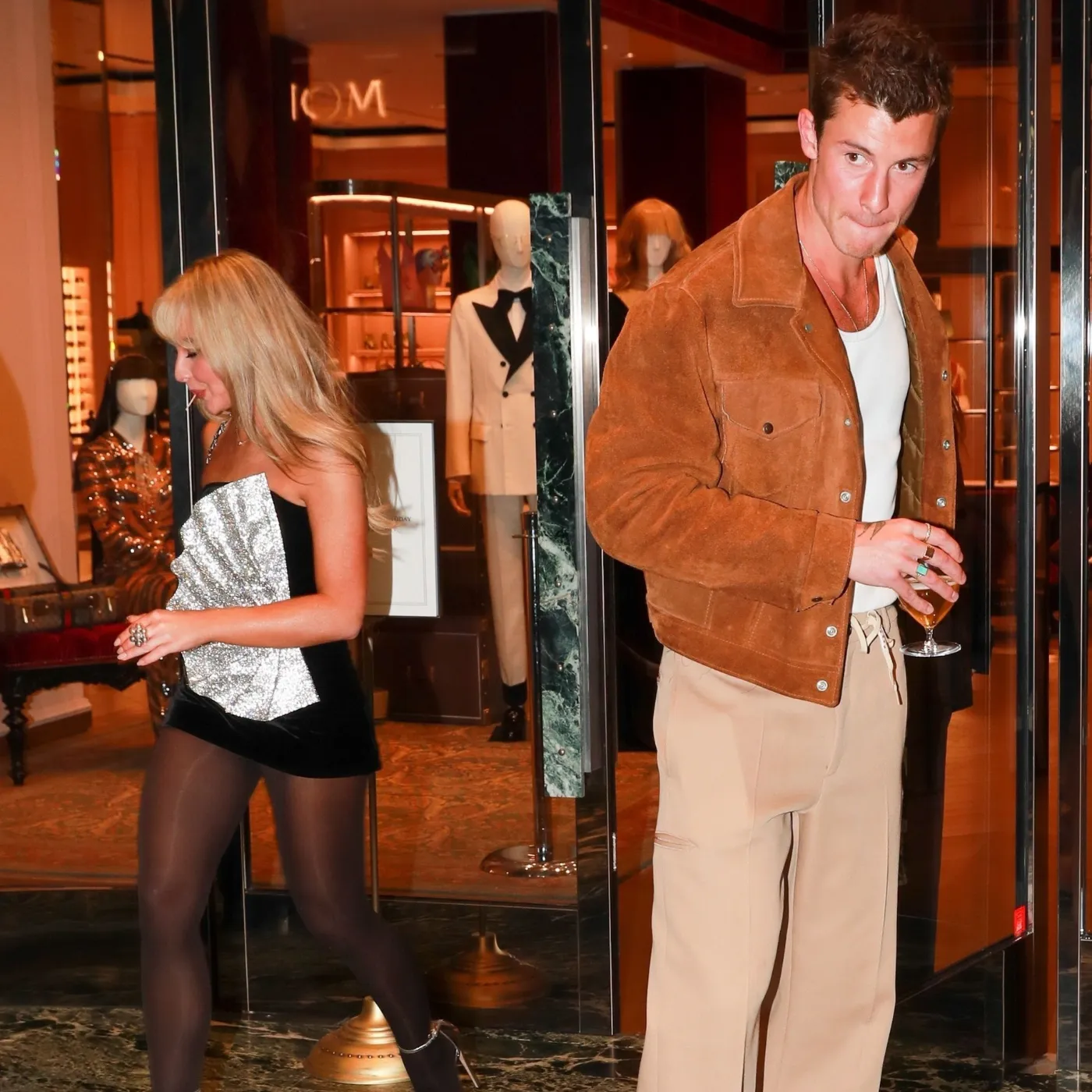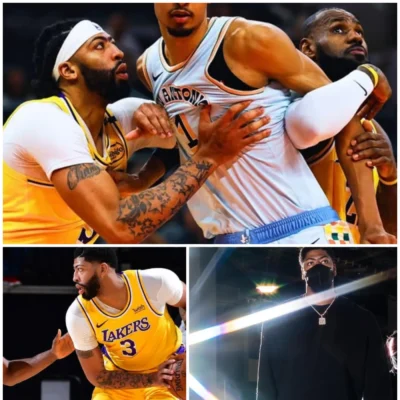

Sabrina Carpenter’s New Album Is a Secret Shawn Mendes Diss? Fans Decode Every Track
Sabrina Carpenter has officially dropped her seventh studio album, Man’s Best Friend, and fans are already dissecting every single lyric for hidden meanings. Known for her clever wordplay and knack for storytelling, Carpenter seems to have stirred the pot with what many listeners are calling cryptic references to her rumored past romances. Among the tracks that have sparked the most speculation is “Go Go Juice”, where lines like “John, Larry, gosh, and villain” have fans convinced she is slyly referencing Shawn Mendes, Barry Keoghan, Joshua Bassett, and Dylan O’Brien.

It’s no secret that Sabrina Carpenter has lived a life under the public eye. With a career spanning over a decade, she’s evolved from a Disney Channel sweetheart to a bona fide pop star capable of delivering cutting lyrics and sharp narratives. But with Man’s Best Friend, there seems to be an added layer of intrigue—a blend of catchy hooks and alleged personal jabs that has the internet buzzing.
Fans Are Obsessed With Hidden Messages
Social media platforms, particularly Facebook, Twitter, and Instagram, have erupted with theories about who Carpenter might be talking about. The main focus, however, is on Shawn Mendes. Fans have been picking apart lyrics line by line, trying to decode which moments in the album might be alluding to past encounters or rumored flirtations. One of the most talked-about lines is from “Go Go Juice”, where the playful yet cryptic mention of “John, Larry, gosh, and villain” has been interpreted as nods to Mendes and others in her rumored dating history.
Several fan forums have compiled lyric breakdowns that point toward Sabrina Carpenter’s deliberate references to her romantic past. While Carpenter herself has not confirmed any of these theories, the clues seem too pointed for many to ignore. From subtle name drops to insider jokes hidden in melodies, fans believe the album doubles as a musical diary filled with personal revelations and sly commentary.
Shawn Mendes: The Main Character?
Among the speculated references, Shawn Mendes emerges as the central figure. Fans note that the tone of several songs in the album seems to oscillate between affection, playful teasing, and subtle critique, suggesting a complex dynamic that might reflect Carpenter’s real-life experiences. For instance, lines in “Go Go Juice” that hint at admiration intertwined with frustration have been interpreted as a nuanced take on a past relationship or close encounter.
What makes this even more tantalizing for fans is Carpenter’s history of infusing real-life experiences into her music. Her previous albums often contained tracks inspired by personal interactions, friendships, and relationships, though she has always maintained a level of ambiguity that allows listeners to draw their own conclusions. In Man’s Best Friend, it seems she has turned that approach up a notch, giving fans a mix of catchy pop hooks and a potential behind-the-scenes look at her romantic history.
The Role of Social Media in Speculation
The frenzy surrounding Sabrina Carpenter’s lyrics is a testament to the power of social media speculation. Facebook groups and Instagram fan pages have dedicated hours to breaking down song lyrics, creating charts of potential references, and debating whether Carpenter’s words are cryptic jabs or purely artistic storytelling. The trend has even spilled into TikTok, where snippets of her songs are being analyzed with captions like “Did she just shade Shawn Mendes? 👀” or “Sabrina’s not playing—look at these lyrics!”
What’s particularly interesting is how social media has amplified fan engagement, driving not only streaming numbers but also online debate and discourse. The more cryptic the lyrics appear, the more likely fans are to dissect them, resulting in viral threads, heated discussions, and content creation. It’s a classic example of audience-driven narrative, where fans participate in uncovering the story behind the music.

Cryptic Lyrics and Their Impact
While it’s fun for fans to speculate, the subtlety of Sabrina Carpenter’s writing demonstrates her skill as a songwriter and cultural commentator. Lyrics that hint at real-life personalities—without explicitly naming them—allow for multiple interpretations and add an element of mystery and intrigue. This strategy not only engages fans but also keeps her in the spotlight, generating conversation and media coverage without crossing into explicit controversy.
The lines in Go Go Juice and other tracks are especially noteworthy because they strike a balance between personal expression and public intrigue. The clever use of ambiguous references allows Carpenter to maintain her privacy while still feeding the curiosity of a highly invested fanbase. It’s a strategy that has been used by numerous pop icons, but Carpenter’s execution feels fresh, playful, and just edgy enough to spark debate.
Fans Are Comparing Lyric Styles to Past Works
Some fans have gone as far as comparing lyrics from Man’s Best Friend to Carpenter’s earlier albums, looking for thematic continuities and changes in tone. Observers note that while her previous works often focused on innocent crushes, friendship dynamics, and coming-of-age narratives, this album carries a more pointed, introspective, and potentially sardonic undertone. Lines that may reference Mendes are woven into catchy choruses and upbeat rhythms, creating a juxtaposition between pop sensibility and personal storytelling.
It’s this combination that keeps listeners coming back, playing songs on repeat, and sharing screenshots of particularly telling lines on social media. Each lyric becomes a puzzle piece in the overarching narrative, and fans are eager to decode the story behind Carpenter’s words.
The Role of Public Perception
It’s important to consider the role of public perception in fueling these speculations. Shawn Mendes, as a public figure with a highly visible career and social media presence, naturally attracts attention when any potential connection to a fellow celebrity arises. The fact that fans are linking him to Carpenter’s lyrics speaks as much to his cultural visibility as to the content of the songs themselves.
Moreover, the ongoing fascination with celebrity romances and rumored relationships ensures that any ambiguous lyric has the potential to generate viral attention. Sabrina Carpenter’s strategy—whether intentional or coincidental—leverages this cultural phenomenon to maximize fan engagement, press coverage, and online discourse.
The Art of Subtle Shade
A hallmark of Man’s Best Friend is the art of subtle shade. Unlike overt diss tracks or scandalous statements, Carpenter opts for lyrics that are clever, teasing, and open-ended, inviting speculation without outright accusation. This method has a twofold effect: it maintains her artistic credibility while giving fans enough material to ignite conversations, debates, and social media content.
For example, fans argue that the lyric “villain” in Go Go Juice might be a sly nod to Mendes or other figures in Carpenter’s rumored past. Whether or not this interpretation is accurate, the ambiguity drives engagement and keeps the album trending across platforms.
Media Coverage and Industry Buzz
Entertainment outlets have been quick to pick up on these rumors, adding fuel to the fire. Headlines ranging from “Is Sabrina Carpenter Secretly Shading Shawn Mendes?” to “Fans Decode Hidden Messages in Carpenter’s Album” dominate feeds and highlight the public’s obsession with the intersection of celebrity culture, personal storytelling, and pop music.
From a media perspective, this buzz represents a strategic win. Even without explicit confirmation from Carpenter, the album has become a talking point, generating streams, clicks, and shares across the internet. In the current digital landscape, where attention is currency, the speculation around Shawn Mendes references has effectively amplified the album’s visibility and cultural relevance.
The Fan Reaction Spectrum
Fan reactions range from excitement and amusement to intense analysis and debate. On one hand, there are fans who delight in decoding possible references, creating memes, TikTok videos, and detailed forum posts. On the other hand, some fans caution against reading too much into ambiguous lyrics, suggesting that Carpenter’s songwriting might simply be playful storytelling rather than pointed commentary.
Regardless of intent, the spectrum of fan reactions underscores the power of suggestion and curiosity in celebrity-driven narratives. By maintaining an air of mystery, Carpenter ensures that the conversation around her album continues long after the initial release.

Conclusion: Sabrina Carpenter’s Genius Lies in Ambiguity
Ultimately, Man’s Best Friend illustrates Sabrina Carpenter’s talent as a pop artist, lyricist, and cultural provocateur. By blending catchy melodies with potentially cryptic references to figures like Shawn Mendes, she has created an album that is both entertaining and conversation-worthy.
Whether or not Mendes is truly the “villain” or main character in her lyrics may remain a mystery, but the speculation alone has achieved a key goal: keeping fans engaged, streaming numbers high, and social media buzzing. Carpenter’s strategy exemplifies the modern intersection of music, celebrity culture, and digital fan engagement, proving that in today’s entertainment landscape, ambiguity is a powerful tool.
As fans continue to dissect lyrics, share their interpretations, and debate the intentions behind each song, Man’s Best Friend secures its place not only as a musical work but also as a cultural touchstone, fueling discussion, intrigue, and a sense of shared investigation among her global audience.
One thing is certain: with this album, Sabrina Carpenter has proven once again that she knows how to keep her audience guessing—and talking—long after the last note fades.


















